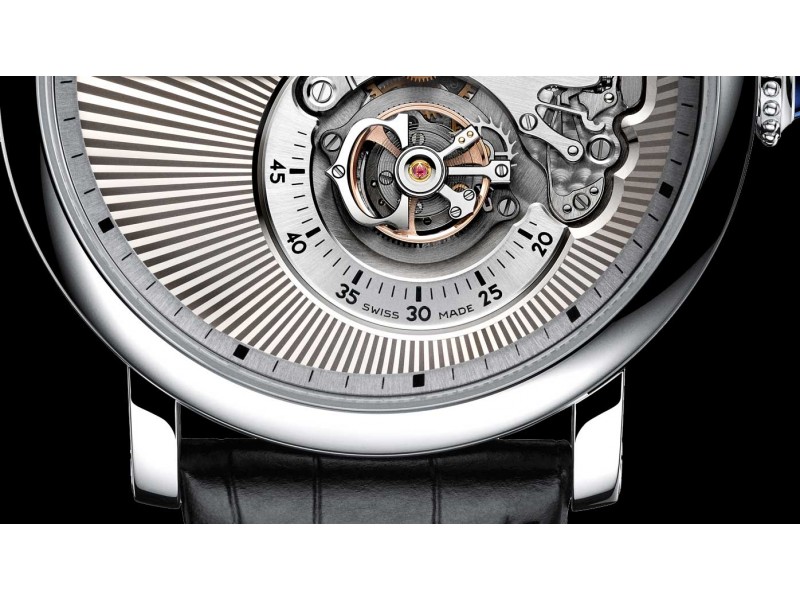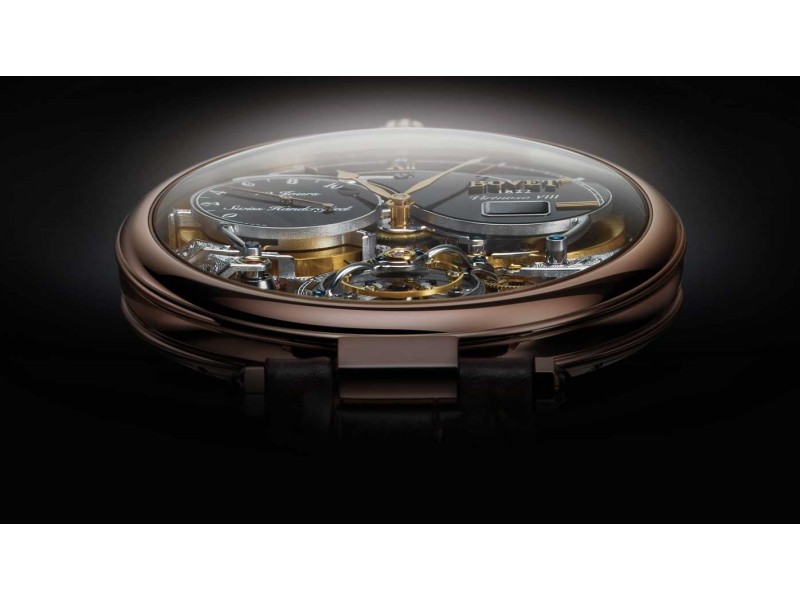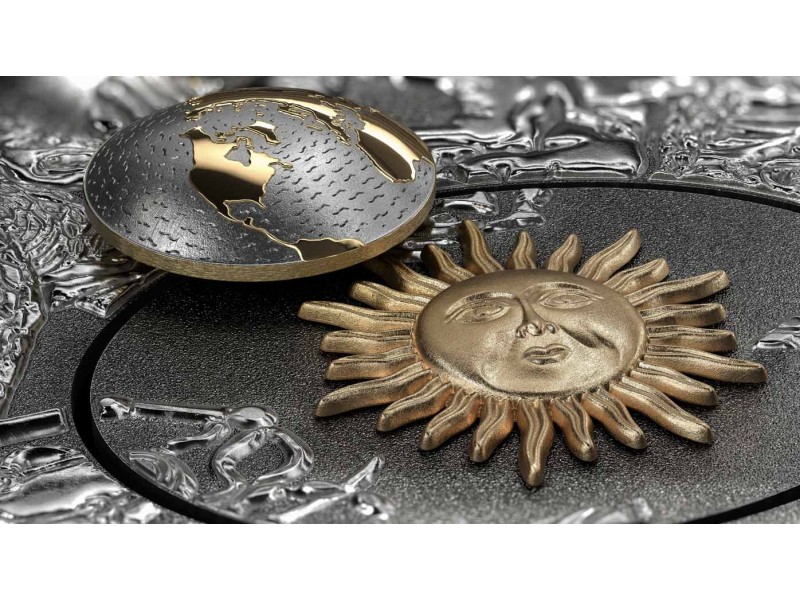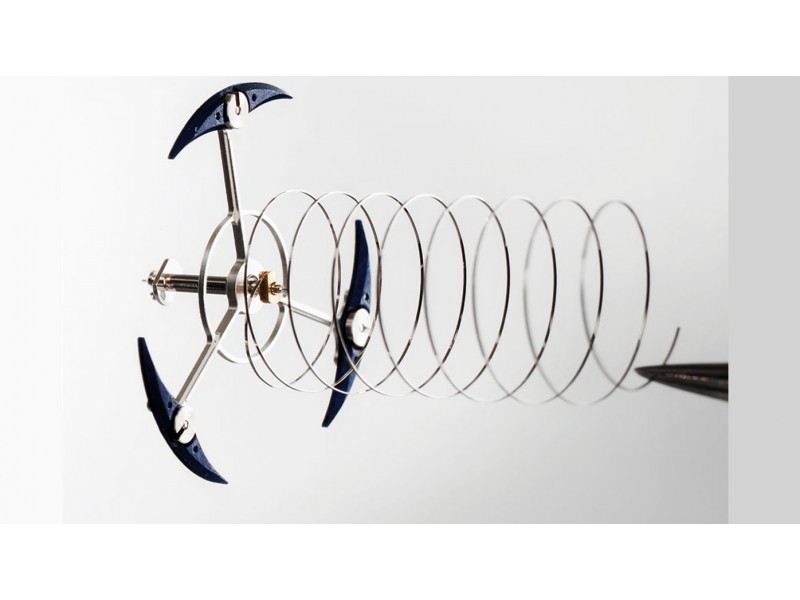
Tourbillons spin around their own axis. But what do they spin on? Like any moving element, they need something to hold them. In fact, they are attached by very slim and delicate elements, whose volume is generally stripped back as much as possible to provide a good view of this tiny but very prestigious system, and also to give the watchmaker access for assembly, adjustment or repairs. These are the tourbillon bridges, and there are usually two of them: one above and one below. This sandwich is what defines the structure of the tourbillon cage. With two bridges, the tourbillon is solidly attached, and it’s the easiest configuration to produce. If the bridges are slender, they don’t obstruct the cinematic view of the tourbillon, and they also offer a canvas for the brand’s aesthetic expression. Of all the components of a movement, the bridges are the part that typically receives the greatest care and attention. They are often angled, bevelled, chamfered and mirror-polished to a very high degree. Their shape is an expression of the style of each individual brand.

But the upper bridge is in fact not strictly necessary. A tourbillon can be held in place by the lower bridge alone. This is known as a “flying tourbillon” – a term invented to describe a construction devised by Alfred Helwig, a watchmaker from Glashütte in Germany, in 1920. The advantage of this kind of tourbillon is that the cage itself and its decoration are in the foreground, with nothing to obstruct the view. It is also slimmer, which is why it is often found in ultra-thin systems. But it is also more fragile, because it has just one anchor point. And if the design could be said to have a weakness, it is that the entire mass of the tourbillon is cantilevered over one small contact point. When the watch is held vertically, the tension on the lower bridge of the tourbillon is considerable.

For this reason, some companies have chosen to combine the slenderness and agility needed for a flying tourbillon with improved weight distribution, which is necessary for high precision and chronometry. In the absence of an agreed technical term, they are often called semi-flying tourbillons. Jaeger LeCoultre, for instance, uses one in the Reverso Tribute Gyrotourbillon. They call it a “mysterious gyrotourbillon”. Indeed, it looks like its sole connection to the movement is through its gears, which is simply not possible: gears are not anchor points! In fact, the movement does have a bridge. It is located in the centre of the tourbillon, whose height effectively conceals it. The fact that that the tourbillon revolves constantly around three axes makes it even more difficult to see.

Bovet has engineered a similar solution, using a single-axis tourbillon. The bridge holds the cage in the centre, with the balance wheel above and the escapement below – the two vital organs of the watch. The latest iteration of this tourbillon features in the Virtuoso VIII model. There is no transverse bridge on top, just a three-dimensional cage with elegantly arched spokes, rounded and highly polished by hand, and excellent stability in every position.




